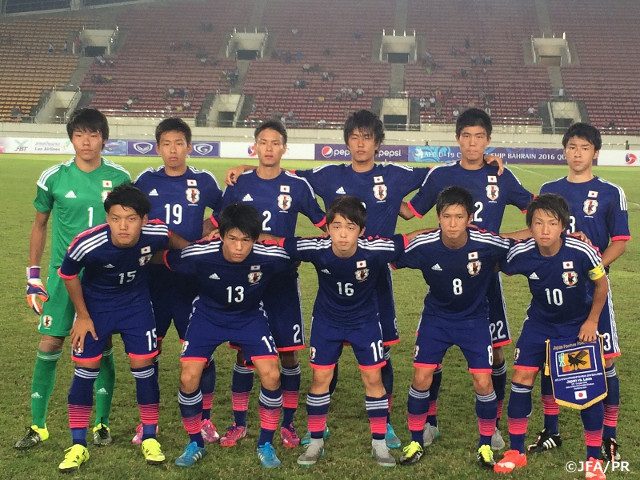The Japan Football Association (JFA) aims to develop Japanese football centered around three main areas: National Teams, the coaching education system, and the development framework for youth players. Football training is now prevalent at the grassroots level.
1.2 Million People Regularly Playing Football
The sight of Japanese students playing football every weekend, especially under the cherry blossom trees, has become a familiar image. Students have the opportunity to join training sessions at their elementary school teams, local teams, or community sports clubs, and can even apply to train at the training centers of professional clubs. Participation is free of charge for students, while JFA oversees the quality of these clubs.
Japan’s football tournaments take place throughout the year, with specific competitions for age groups ranging from U4 to U18. The U12, U16, and U18 categories are particularly significant for young players aspiring to pursue a career in football. The most anticipated event for Japanese students is the “All Japan High School Soccer Tournament,” which has national scale and is broadcast live, drawing interest from all students and is considered a greater honor than participating in the J-League. Furthermore, the high school teams in Japan are of a very high standard, often competing against professional club teams in the J-League.
Many believe that the manga “Captain Tsubasa” has significantly influenced Japanese football. This assertion is supported by the increasing number of Japanese players in school teams, local clubs, and professional clubs. According to JFA statistics, in 1980, there were approximately 300,000 football players in Japan. One year after the release of “Captain Tsubasa,” the number surged, and just four years later, it had doubled, reaching around 1.2 million players today.
The number of students playing football from elementary school to high school constitutes about 75% of the total player base. This demographic provides the national teams of Japan with a significant talent pool that does not overly depend on the training frameworks of professional clubs nationwide.
The Role of Schools
Prominent players include Hiro Sue from Aomori Yamada High School, Teruki Hara from Municipal Funabashi High School, and Yuto Iwasaki, who scored a decisive goal in a 4-0 victory against U19 Tajikistan, representing Kyoto Tachibana High School. These three players are currently competing for the Japan U19 national team and are part of high school teams.
Teruki Hara has played 46 matches for Municipal Funabashi High School in Chiba Prefecture and has gained recognition on transfermarkt.com. His team recently drew 1-1 against U18 FC Tokyo, a team currently competing in J-League 1.
These players have received substantial support from their schools in their football endeavors, contributing to their development as athletes. Despite the competitive environment, they continue to promote school spirit through football and enhance their school’s reputation by representing the U19 Japan national team.
The presence of a school team or local club can attract over 50 sponsors as a result of good relationships with businesses. This fosters a community where local people refer to football clubs as “the local football teams,” rather than seeing them as merely “hobbyists.” This relationship encourages more young players to engage with football and join local clubs or schools.
(According to Sports & Culture)

















